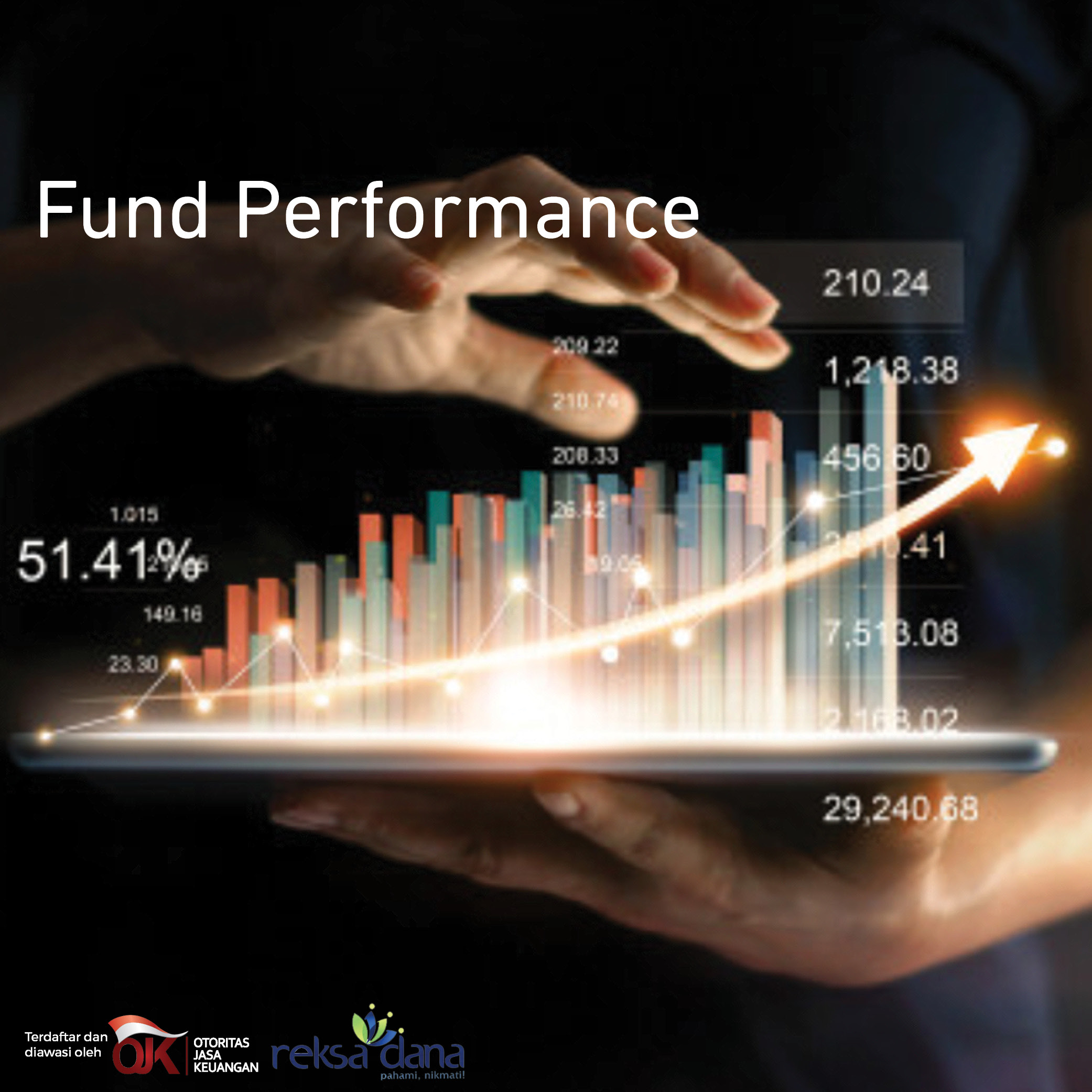Surplus of current account at 0.29% of GDP in 4Q20
Bank Indonesia (BI) recorded current account balance at USD0.79 bn (0.29% of GDP) continuing surplus at USD1.01 bn in 3Q20 (0.38% of GDP). The surplus came from the trade balance surplus at USD9.95 bn due to increased exports driven by the recovery of global demand and commodity prices, amid limited imports performance. However, service account remains deficit at USD2.0 bn due to the deficit on online activities (telecommunications, information services, etc.) as well as the deficit of transportation services trade as the result of rising freight services payment as goods imports increased in 4Q20. Besides, the balance of payments (BoP) was recorded at low deficit of USD0.16 bn in 4Q20, contradicting the surplus of USD2.05 bn in 3Q20. Overall, this sends positive sentiment that Indonesia’s external resilience remains solid amid the pandemic though 3Q20 was better.
BoP reading in FY 2020
In 2020, the BoP was at surplus of USD2.59 bn propped up by the relatively small current account deficit (CAD) amidst the surplus of capital and financial account. Despite of the lower value, the BoP surplus continued the 2019’s surplus at USD4.68 bn. The CAD stood at USD4.74 bn (-0.45% of GDP), shrank from USD30.3 bn (-2.71% of GDP) in 2019. The narrower CAD was stemmed from limited export performance due to the lower demand from trading partner countries affected by the pandemic, supported by the restrained imports due to weak domestic demand. Meanwhile, the capital and financial account still recorded a surplus of USD7.87 bn in line with the maintained optimism of investors towards the domestic economic recovery and lower uncertainty in the global financial markets especially in 2H20. Besides, the foreign exchange (forex) reserve at the end of Dec-20 substantially improved to USD135.9 bn, equivalent to 9.8 months of imports and servicing government external debt or above the international adequacy standard.
Revealed recovery
In overall goods account, it showed an increase from USD9.79 bn in 3Q20 to USD9.95 bn in 4Q20. The export of goods increased by 13.2% QoQ where the import decreased by 16.8% QoQ. This showed that the trade performance got better in 4Q20 since the trade value was higher than 3Q20. Besides, foreign capital inflows in direct investment and portfolio investment were stronger. Direct investment grew by 209.4% QoQ from USD1.37 bn in 3Q20 to USD4.24 bn in 4Q20, mainly in equity capital instruments. In addition, portfolio investment also recorded net inflows of USD2.22 bn, reversing the USD1.89 bn of net outflow in the 3Q20. Such development was primarily associated to net capital inflows of the IDR government bonds. In contrast, other investments recorded a sizable deficit in response to an increase in payments on maturing loans and placement of private sector deposits and other assets abroad. In addition, the economic recovery in 4Q20 increased the yield payments on direct investment, which drove a wider deficit of the primary income account. Thus, the overall deficit will come followed by the improving imports performance eventually.
Deficit comes alongside the economic recovery
We believe that the foreign capital inflows in direct investment and portfolio investment were stronger in line with the diminished global financial market uncertainty and positive investor perceptions towards Indonesia. Vaccination progress in 1Q21 may attract more capital inflow in 1H21. However, we see the current account surplus will not be lasting as the economic recovery is getting more obvious in 2021 especially we have passed the rock bottom in 2Q20. Although the CAD is narrower than our initial estimate at 1.7% of GDP, we still maintain our estimate of CAD at -2.2% in overall 2021 due to the prospect of the improving imports.
















